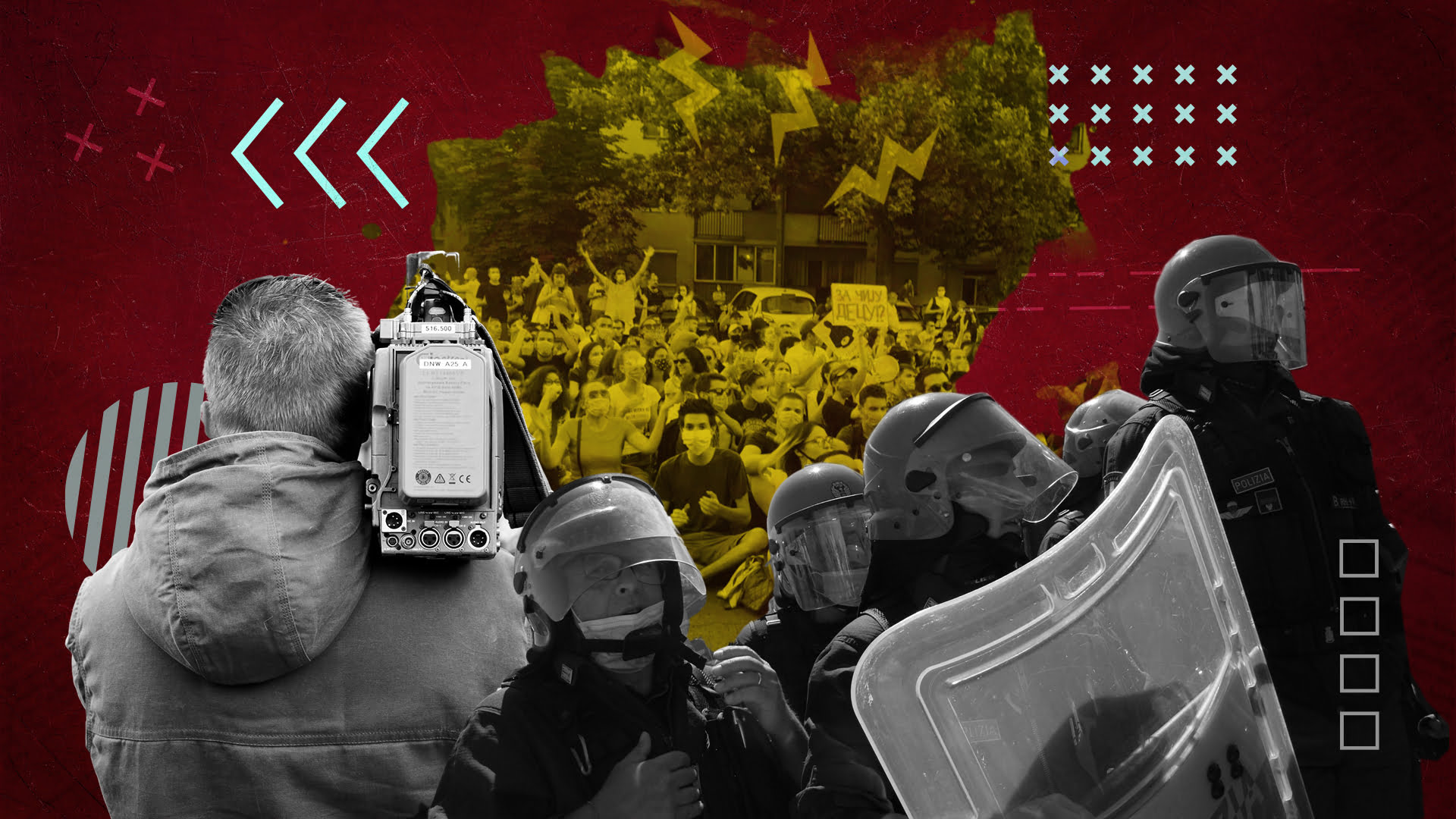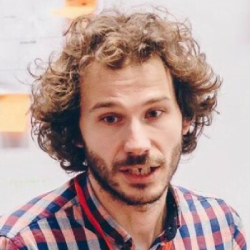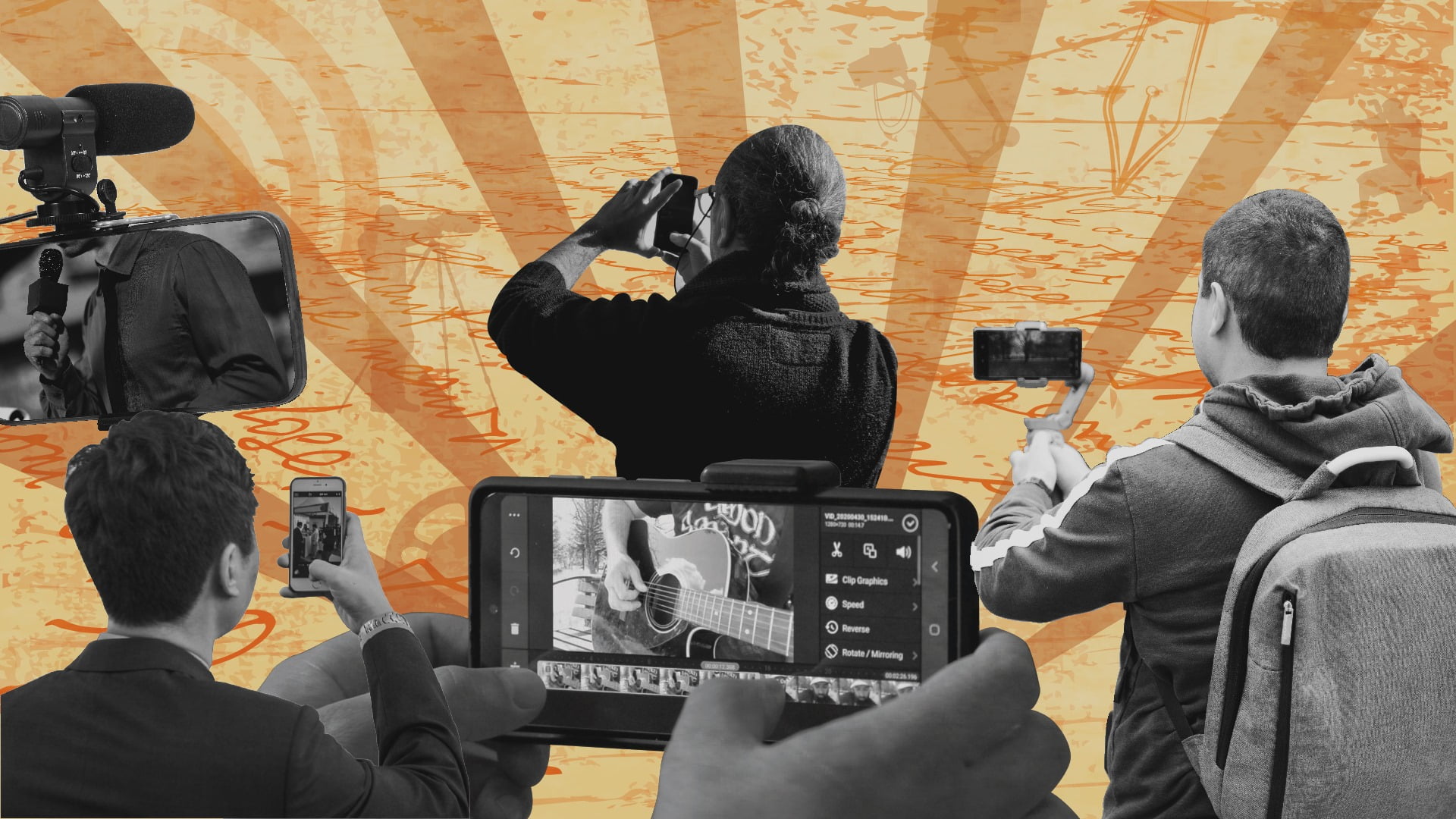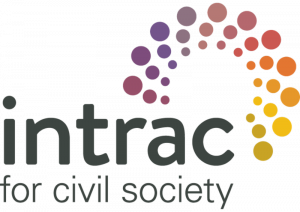Violent protests have become more and more often in the region, as well as the incidents and attacks on journalists covering them. Reporters haven’t been attacked only by unsatisfied citizens, but also by the police. That is why it is crucial for journalists to be well prepared in order to stay safe while on the mission. For journalists used to putting the story first, often before their own safety, that is not an easy task. However, knowing how to “read the crowd” and recognize potentially dangerous situations before they occur can be valuable in life threatening circumstances.
The goal of this course is to prepare journalists for possible unpredicted situations they can encounter while reporting from protests and different demonstrations. In recent years most of the protests that happened in the region got violent at some point with journalists becoming the targets. This course brings useful tips on how to avoid or deal with trouble at such events.
What you will you learn:
- Why reporting about protests has become one of the most risky jobs in journalism;
- What is the position of the Western Balkans in terms of security journalists reporting on protests compared to the rest of the world;
- The dangers you may face in reporting from violent protests;
- To plan a field trip – what you should be aware of, what to take with you and what protective equipment can be useful;
- How to deal with tear gas, how to contact the police and what to do in case of a stampede;
- Your legal rights – what, as a journalist, you can film or photograph and what the police can and cannot ask of you;
- Digital security techniques – how to protect your phone or computer, how to protect and encrypt communication;
- How to reduce stress and recognize signs that indicate they will seek professional help.
You can complete this course in 4 hours – at once or over several sessions.


























